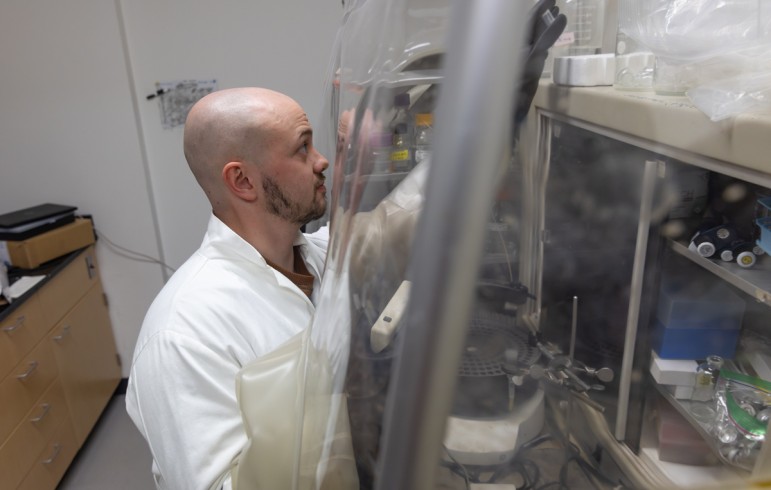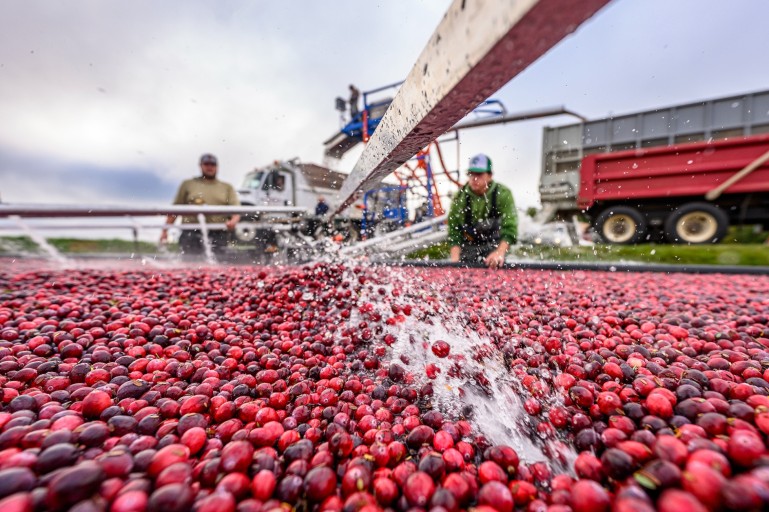Extraordinary members of the University of Wisconsin–Madison faculty have been honored during the last year with awards supported by the estate of professor, U.S. senator and UW Regent William F. Vilas (1840-1908).
Developing renewable, plant-based alternatives for petroleum-derived chemicals is a major piece of the effort to transition away from a fossil-fuel based economy toward a more sustainable and environmentally friendly bio-based economy.
Petrochemicals, the oil- and gas-derived compounds that serve as the molecular backbones for much of modern commerce, commanded a $539.3 billion market value in 2018.
Two University of Wisconsin–Madison researchers have been awarded more than $1 million as part of the multidisciplinary university research initiative from the United States Army Research Office to better understand microbial communities.
Setting aside the ambitious Green New Deal and its goal of achieving 100 percent renewable energy by 2030, Congressional Democrats are sectioning off porti
Energy experts, climate change organizers, and lawmakers are at odds about whether to expand or retract our dependence on nuclear power. We discuss the current technology behind managing and storing nuclear waste and explore what would be required to advance this zero carbon energy creator.



